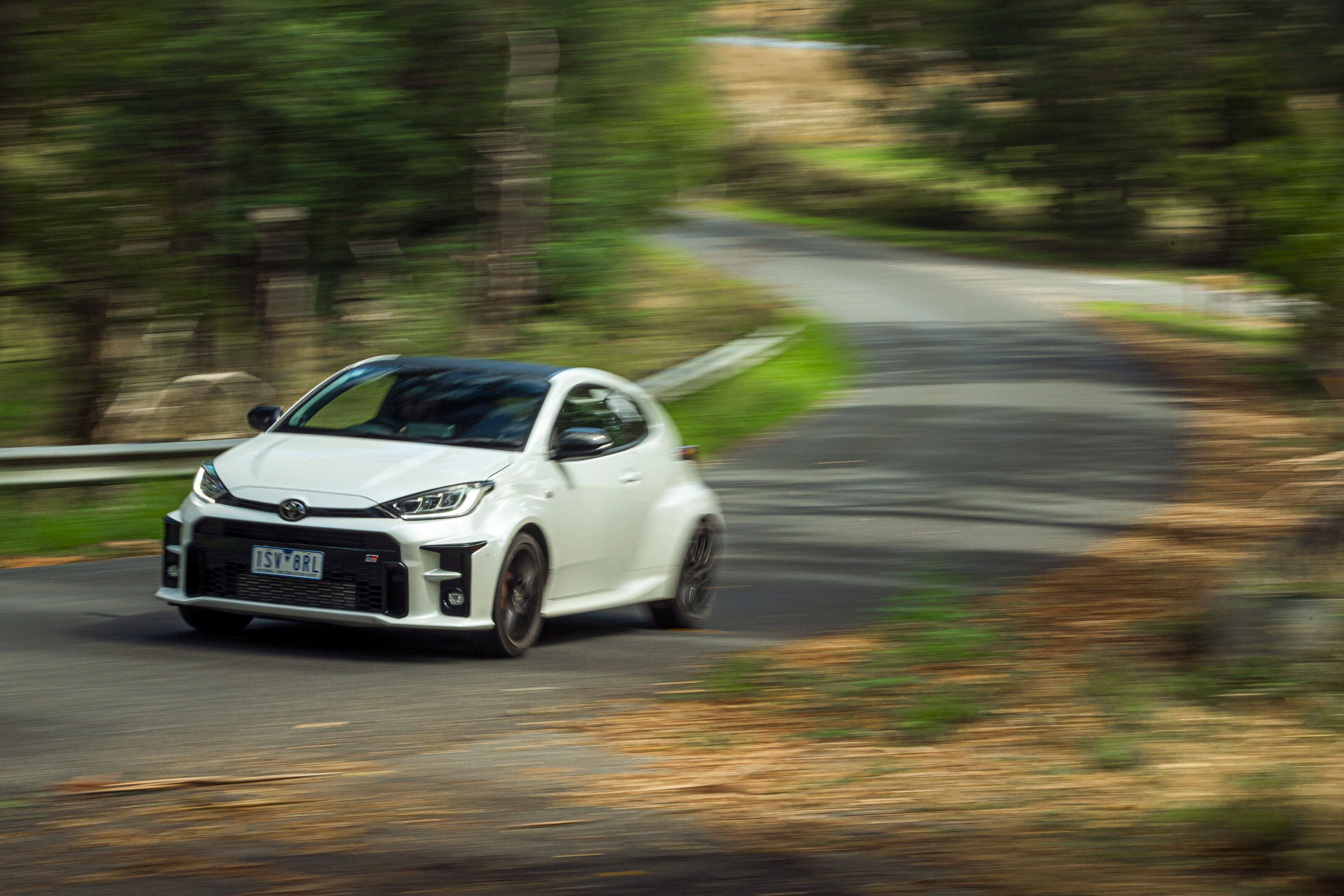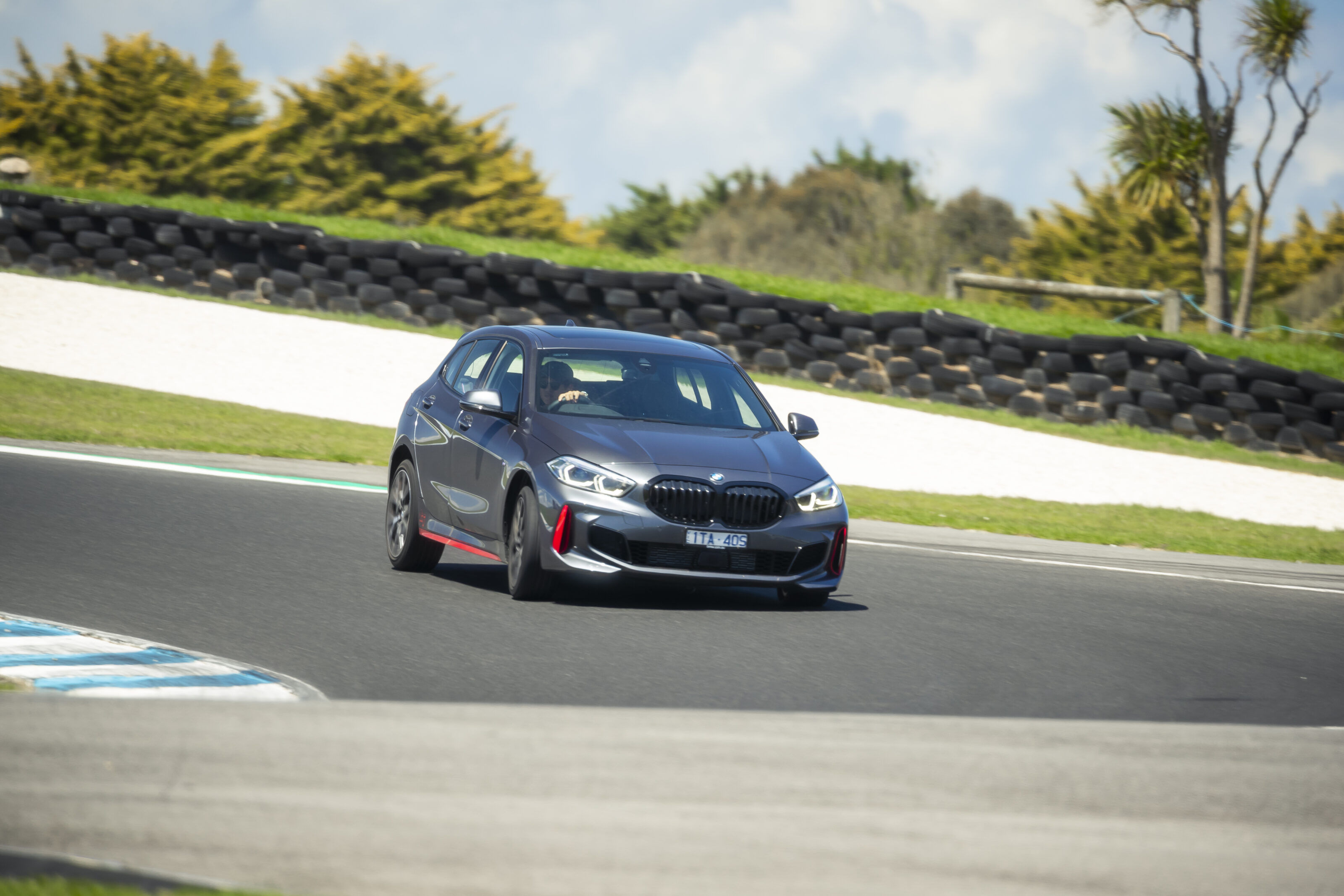HERE at Performance Car of the Year, grins are king. This isn’t a test where a field of cars are ranked by a complex formula. And it ain’t about counting USB ports.
It’s about revealing what a calculator, spec sheet, or passenger seat can’t: how a car makes you feel when driven hard. There’s no price ceiling and the doors are open to the year’s standout driving machines. We’ve kept the competitive set small, but it doesn’t make finalising the list any easier. Despite louder calls for efficient this and safer that, froth-worthy cars are in abundance.
Those of you who caught last year’s event might notice a lack of supercars this time. We did ask around, but Ferrari’s 812 Superfast hadn’t quite reached Aussie shores, McLaren couldn’t find us an available 720S, and ditto Lamborghini and its Aventador S or Huracan Performante. That hasn’t slowed the class, though.
This might be the Nissan R35 GT-R’s fourth Performance Car of the Year appearance (2009, 2011 and 2017), but in Nismo trim it’s out to prove there’s still plenty of fight left in the now decade-old platform.
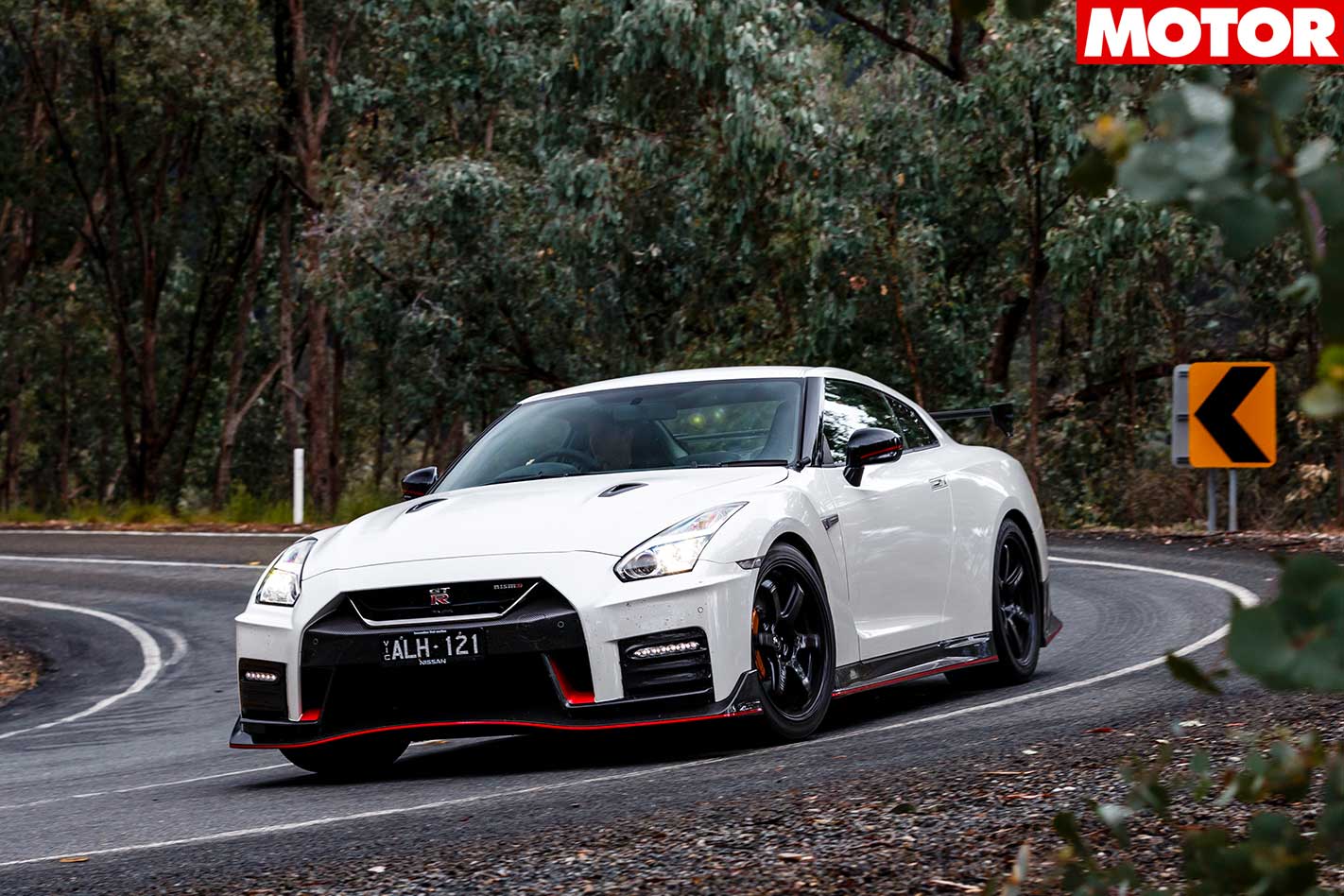
Meanwhile, an angrier aero package skirts around it with red-striped carbon fibre. You’ll pay $299,000 for it to be parked in your driveway, more than anything else here. It’ll be kept honest by Mercedes-AMG’s new E63 S, now that the brand’s figured out how to fit front driveshafts in the nose of right-hand drive cars.
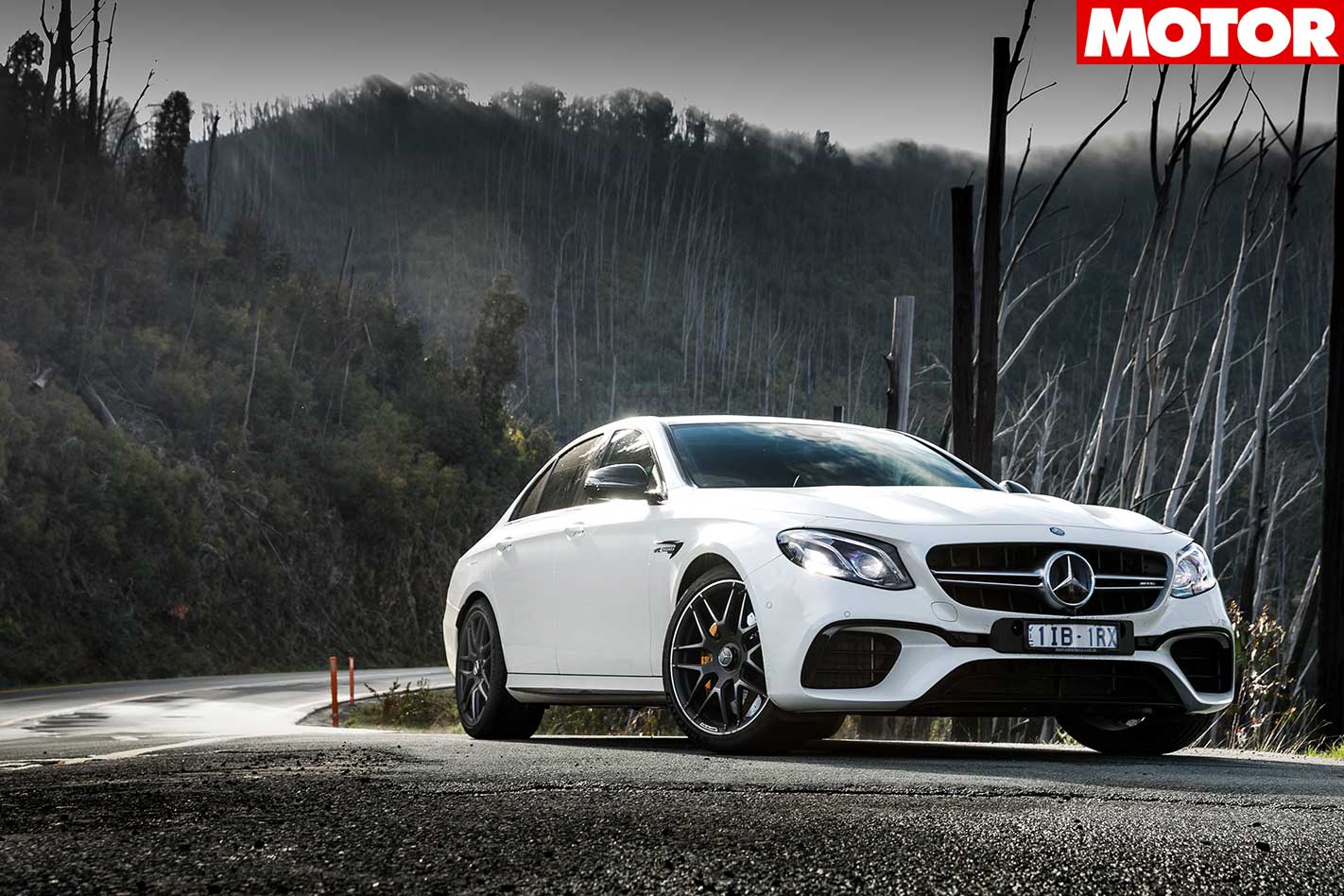
Launching it at a racetrack suggests AMG is confident the air-sprung, rear-drive biased, all-paw sedan does well. While drift-mode promises it hasn’t gone soft on its rear-tyre policy, either. Which is in stark contrast to our next all-wheel drive steed, the Audi TT RS.
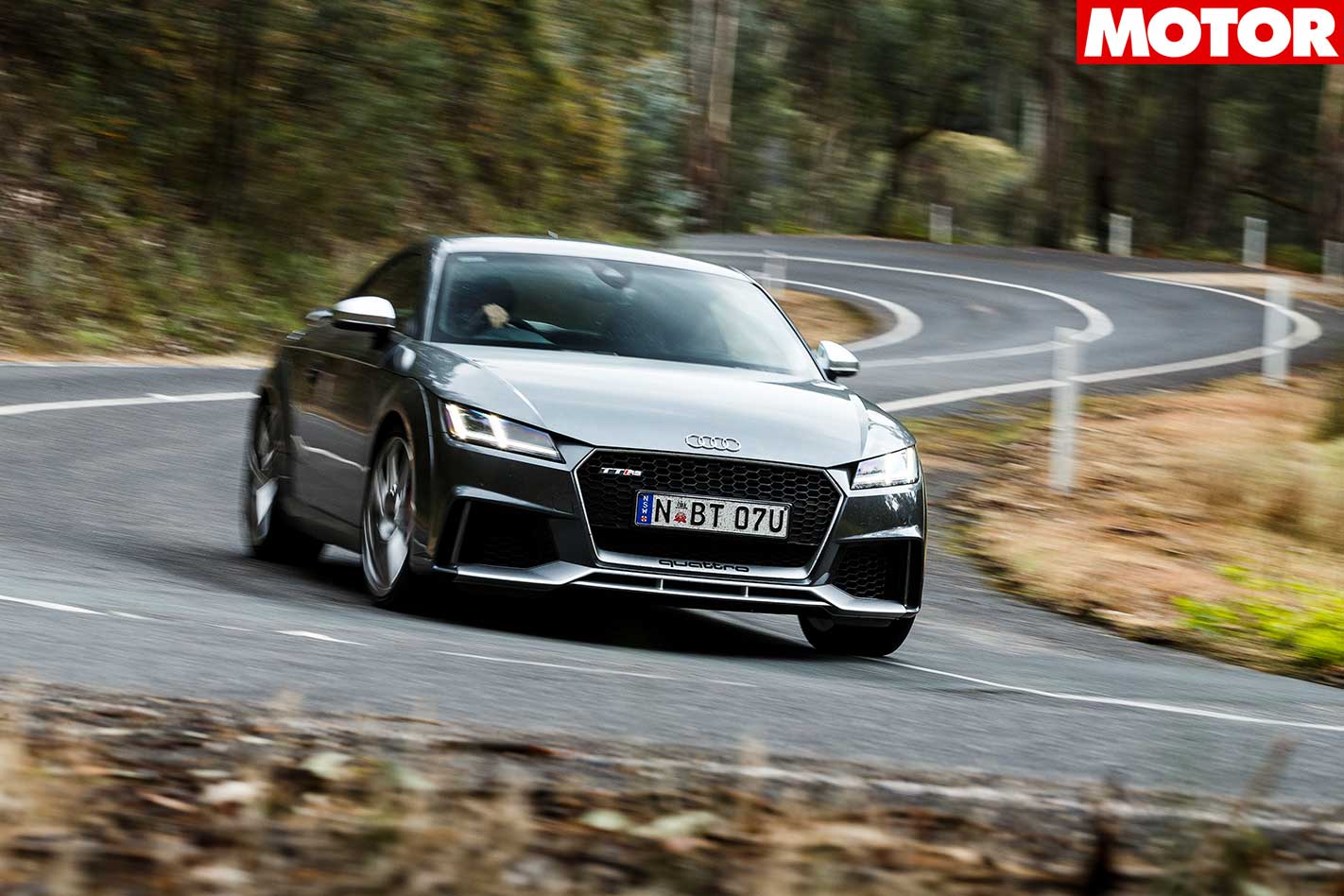
A new aluminium block and larger turbo haven’t mucked with its firing order and only enhanced its signature blare, which should no doubt help it stand out from the pack. The Audi clashes in size, pace, and price (sorta) with Porsche’s 718 Cayman S.
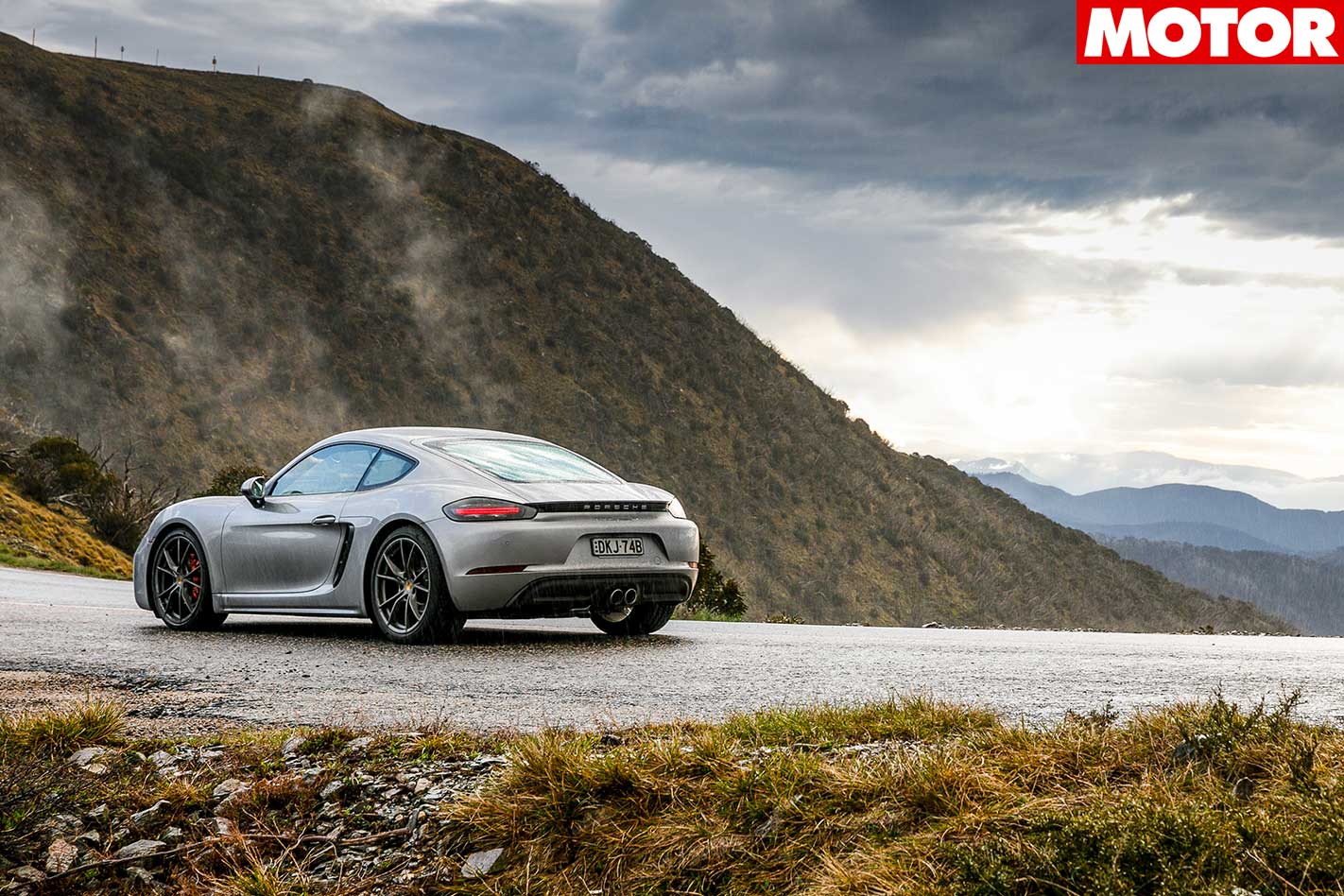
Rounding out the German contingent is the BMW M4 CS. Just when everyone thought Munich could do no wrong after the E46 M3 and its V8-powered successor, the turbocharged M4 arrived at PCOTY in 2015 as a huge surprise. It was fast, but many believed the speed came at a the cost of a soulful engine and communicative handling.
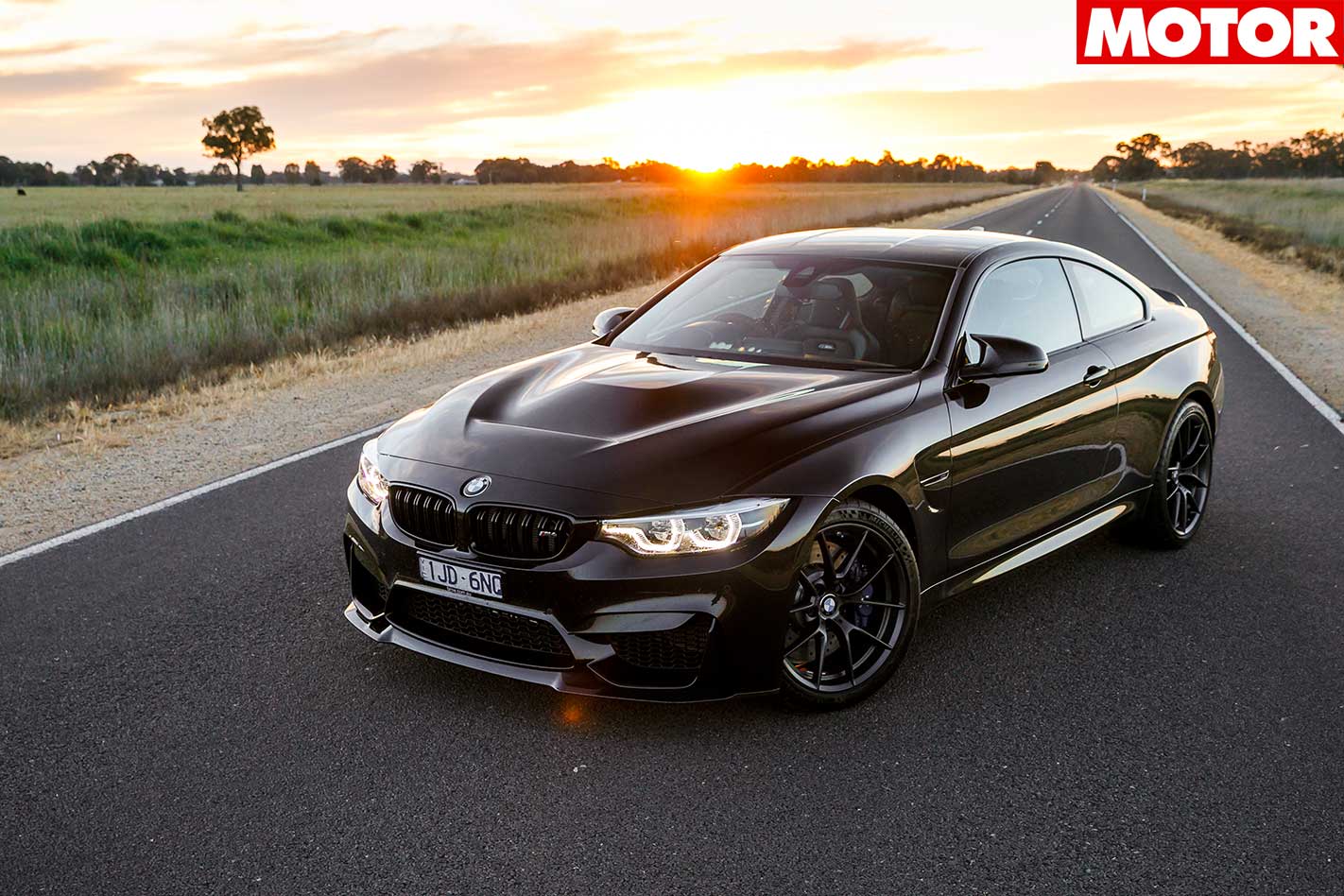
It starts with an M4 Competition and adds lightweight wheels, gluey Michelin tyres, suspension tweaks, and an extra 50Nm (for a massive 600Nm) – changes said to unlock more speed and transform the car’s nature.
Speaking of transformations, it’s no secret Lexus is trying to change its image. And the LC500 is its latest move to ditch the cardigan crowd and unearth a new one.
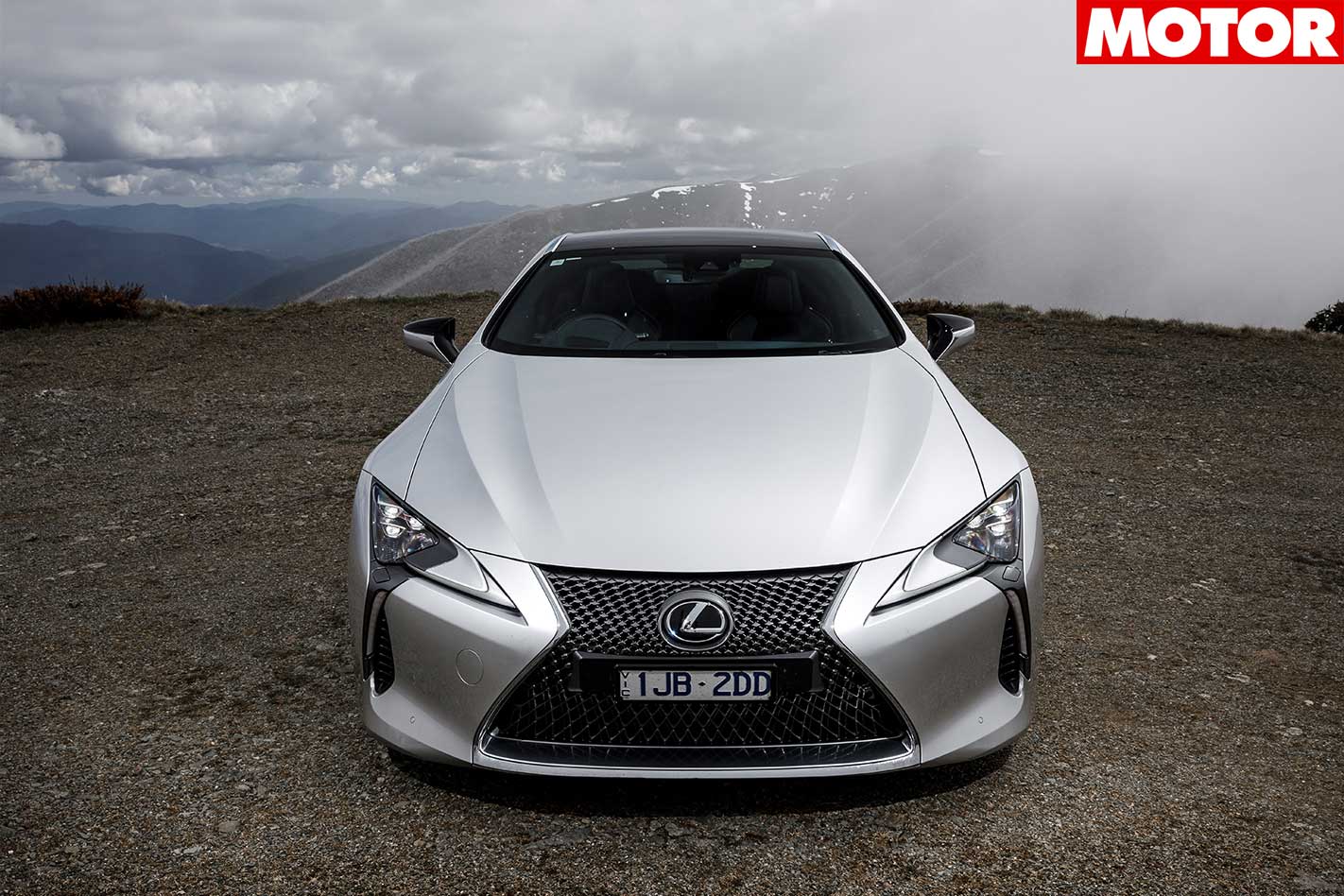
Tuned by the same team behind the LFA’s spine-tingling banshee wail, the LC500 certainly makes a song about being the only car to use a naturally aspirated engine. As for a dance? It might struggle as it nears two tonnes.
Meanwhile Honda has followed the NSX with a new Civic Type R which we’ve found to be rather good. Sure, it doesn’t scream, rattle, and shake your bones like the visceral road rockets of old, but that’s sort of the point. It’s an entirely new type of beast.
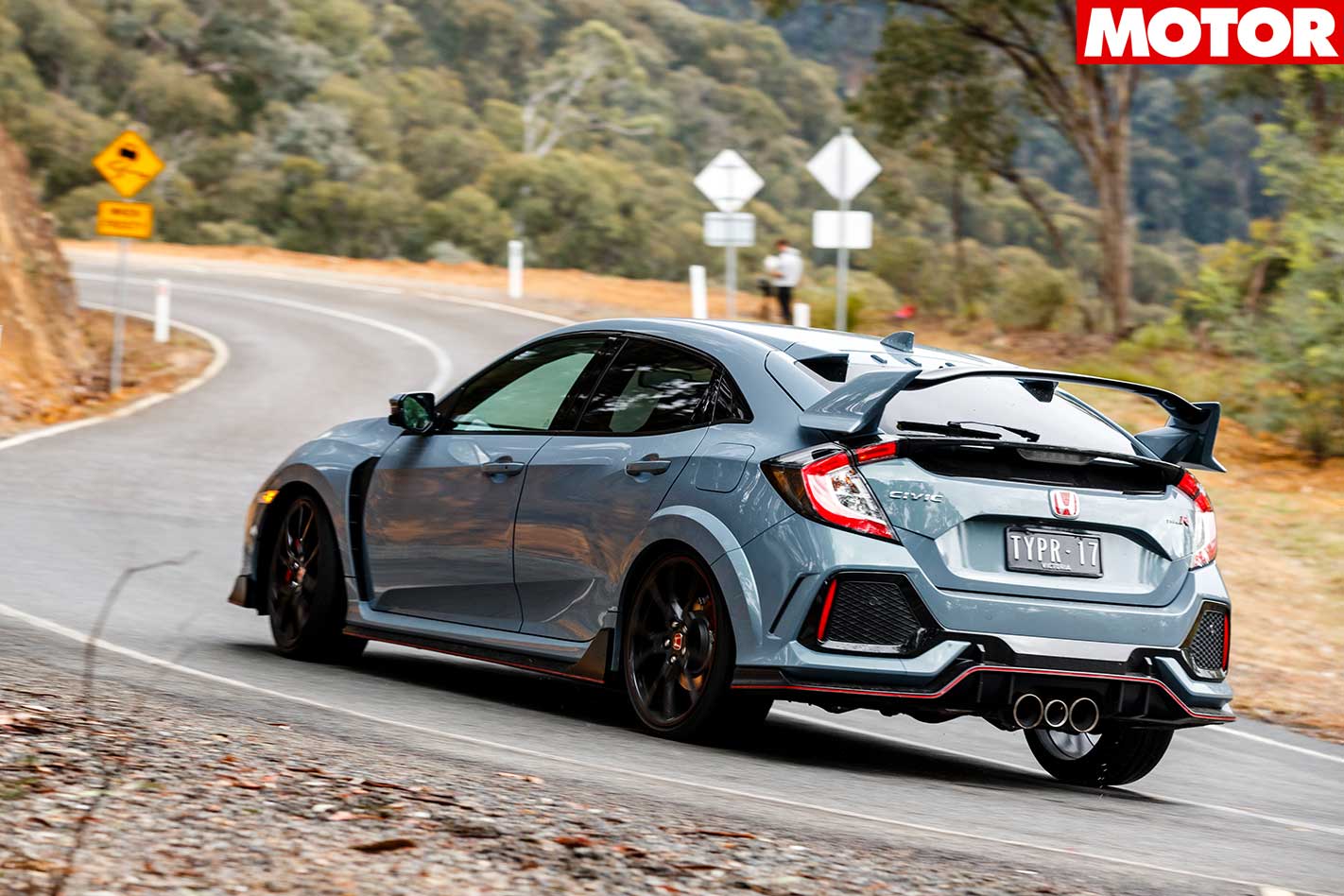
The new Honda Civic Type R drives as wicked as it looks and it’ll be out for much more expensive scalps. Do not overlook this value-focused front-driver.
You can also add Alfa Romeo to the list of brands rediscovering its mojo. The Giulia is the first model to arrive on the company’s big-dollar Giorgio platform and it has even accosted Ferrari engineers to get things right. And boy, have they ever.
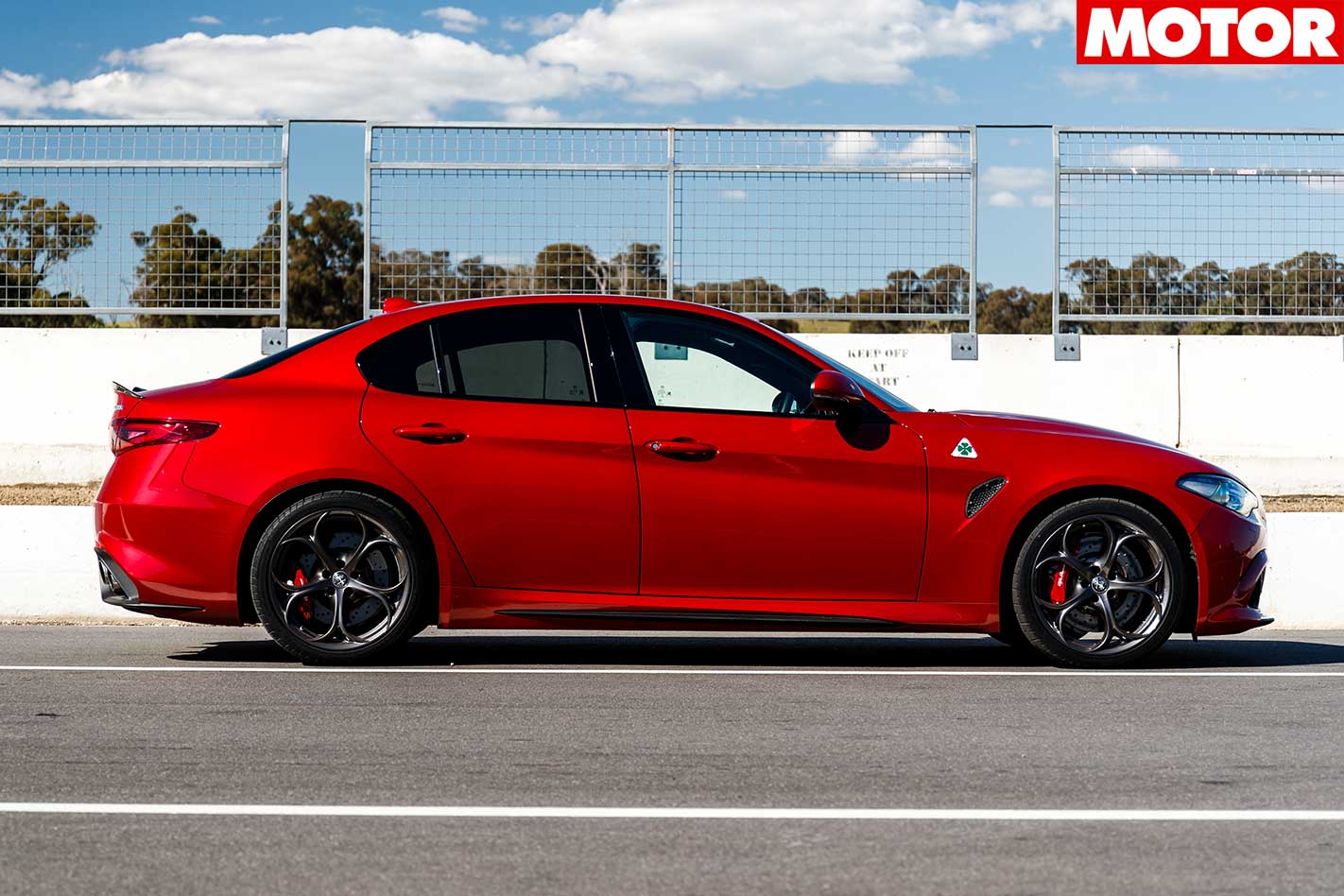
If you desire a rear-drive performance sedan with a twin-turbo six, Kia has you covered for about a third of the price. Yep, the brand has made PCOTY history with its liftback sedan called the Stinger. With 272kW and 510Nm you could say the well-built South Korean spiritually succeeds the Ford Falcon G6E Turbo.
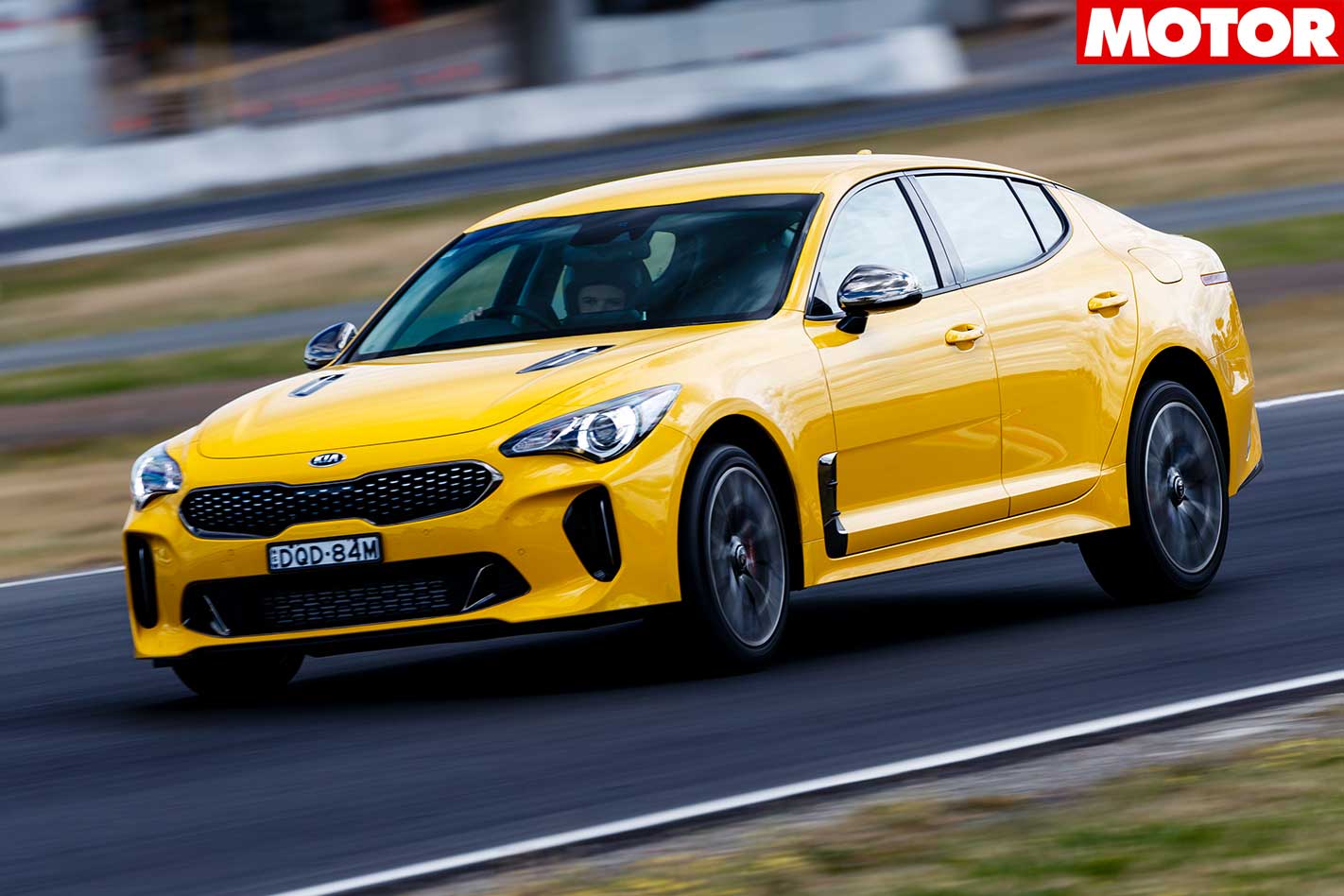
Just as Korea makes its first appearance, Australia makes its last. We’d be crying into our VB if the HSV GTSR W1 wasn’t the most expensive, powerful, and fastest local car ever. But thankfully it is.
Admittedly it was hard to look past the already brilliant base GTSR with widened front tracks and over-sized brakes after it beguiled us earlier this year. But the idea of uncorking a 600-horsepower-plus factory-built Commodore with Supercar-aping suspension, and semi-slicks on top of that, was too enticing. Could you blame us?
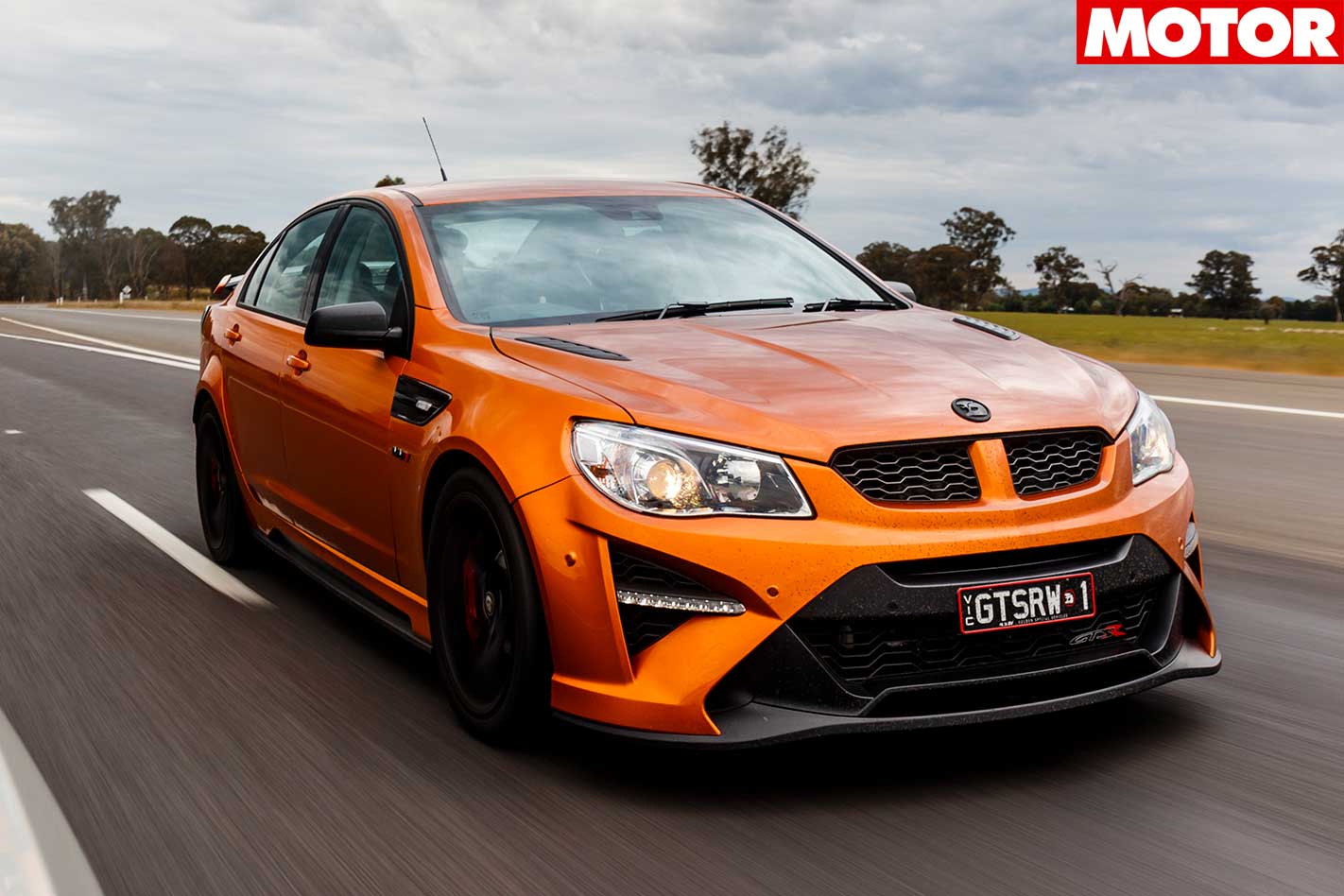
Stow the tinfoil hat, though, because emotional attachment won’t do the W1 any favours. Mystique fades quickly in groups this large and also under a schedule as gruelling as PCOTY’s.
The only downside to this was that we had to reluctantly ask Luffy to sit this one out (we’ll explain later). Reigning Bathurst 1000 champ David Reynolds was called instead to expose our other judges’ lack of talent.
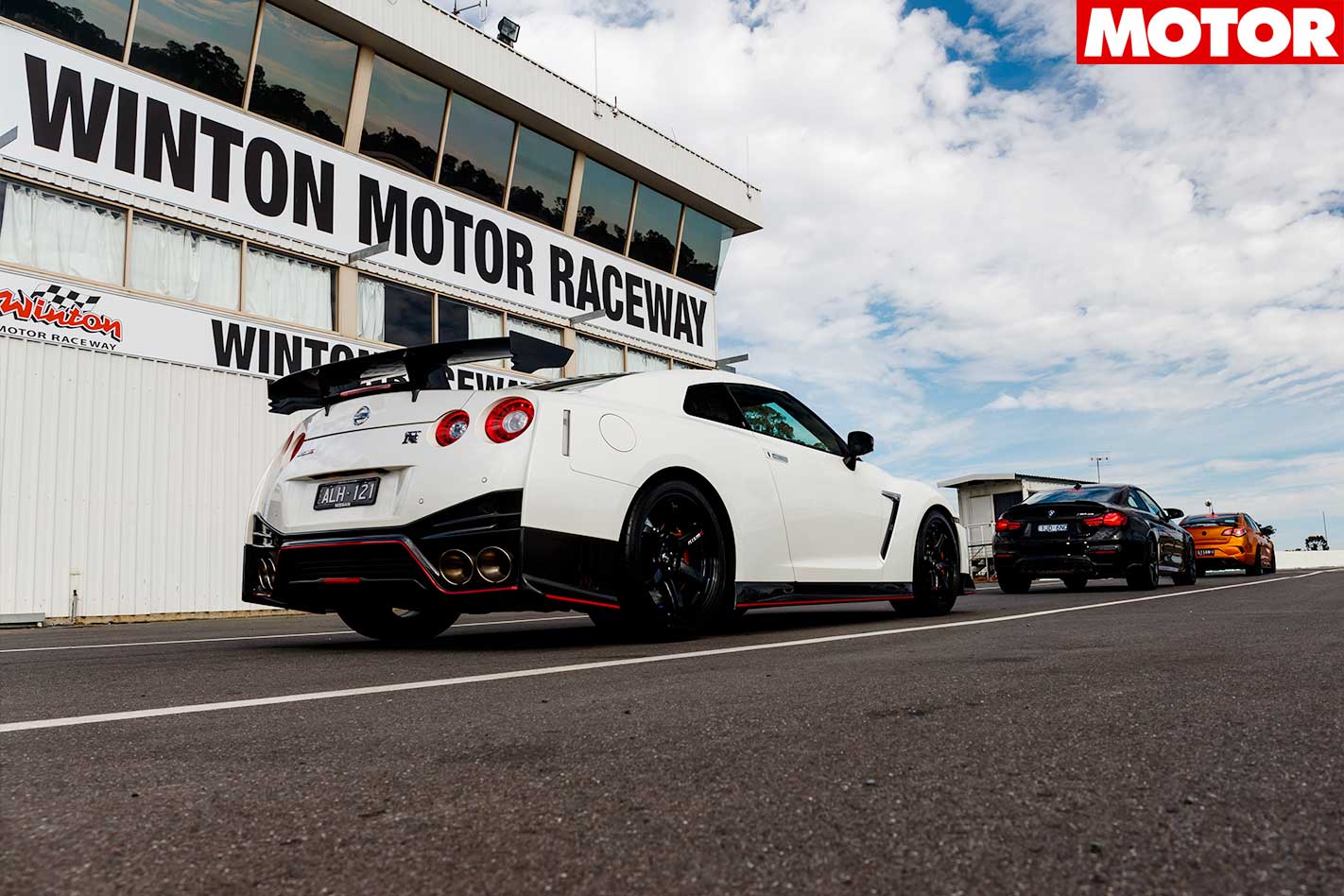
A day at DECA Shepparton’s road course was shelved, too, in exchange for more time on Mount Hotham’s breathtaking roads. Vans with tyres, coolant and oil won’t follow us either. Our 10 will be at the mercy of their own reliability and engineering. We’ll then have a think, add the judges’ scores (see caption and above), so you can bet on drama and a hard-fought win by the end of it all.
So, without further ado, welcome to Performance Car of the Year 2018.
UNUSUAL SUSPECTS – Meet the PCOTY judges

Dylan Campbell ‘DC’ manages to juggle running this event and flogging cars with such calm that Gandhi would be curious as to his meditation routine
Tim Robson Despite ditching this ship for freelance life, Robbo finds the PCOTY call too hard to resist. Lists ‘babysitter duty’ on invoices
Scott Newman Will try to drift your gran’s mobility chair if given the reins. Our resident rally-man is always keen, and capable, of proving a pair of hands is the best form of ESP
David Reynolds After placing a Brock trophy in his cabinet, he’s the only bloke actually paid to wear race boots. Tolerant of fools, evidently
David Morley The depth of Morley’s wisdom is matched only by the volume of his nightly snoring. Starting to amass a large modern classics collection
HARD MARKERS – How we’ll score each car
1 – Performance Raw speed; powertrain response, feel, and smoothness

3 – Accessibility Effort versus reward, ESP calibration, feedback levels
4 – Liveability Road noise, ride comfort, ergonomics, visibility, interior
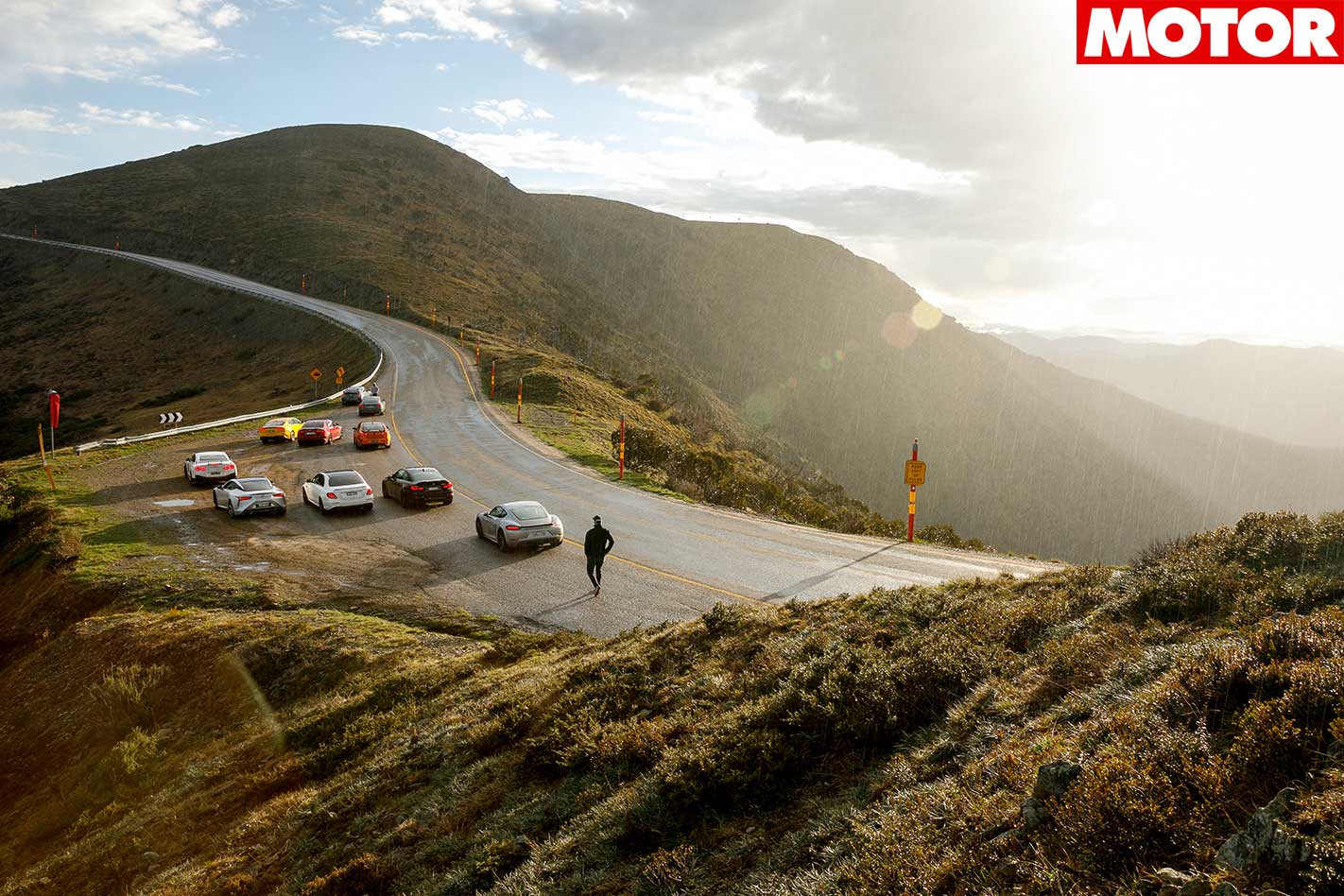
6 – “X-Factor” Styling, exhaust note, how badly you want one in your garage



